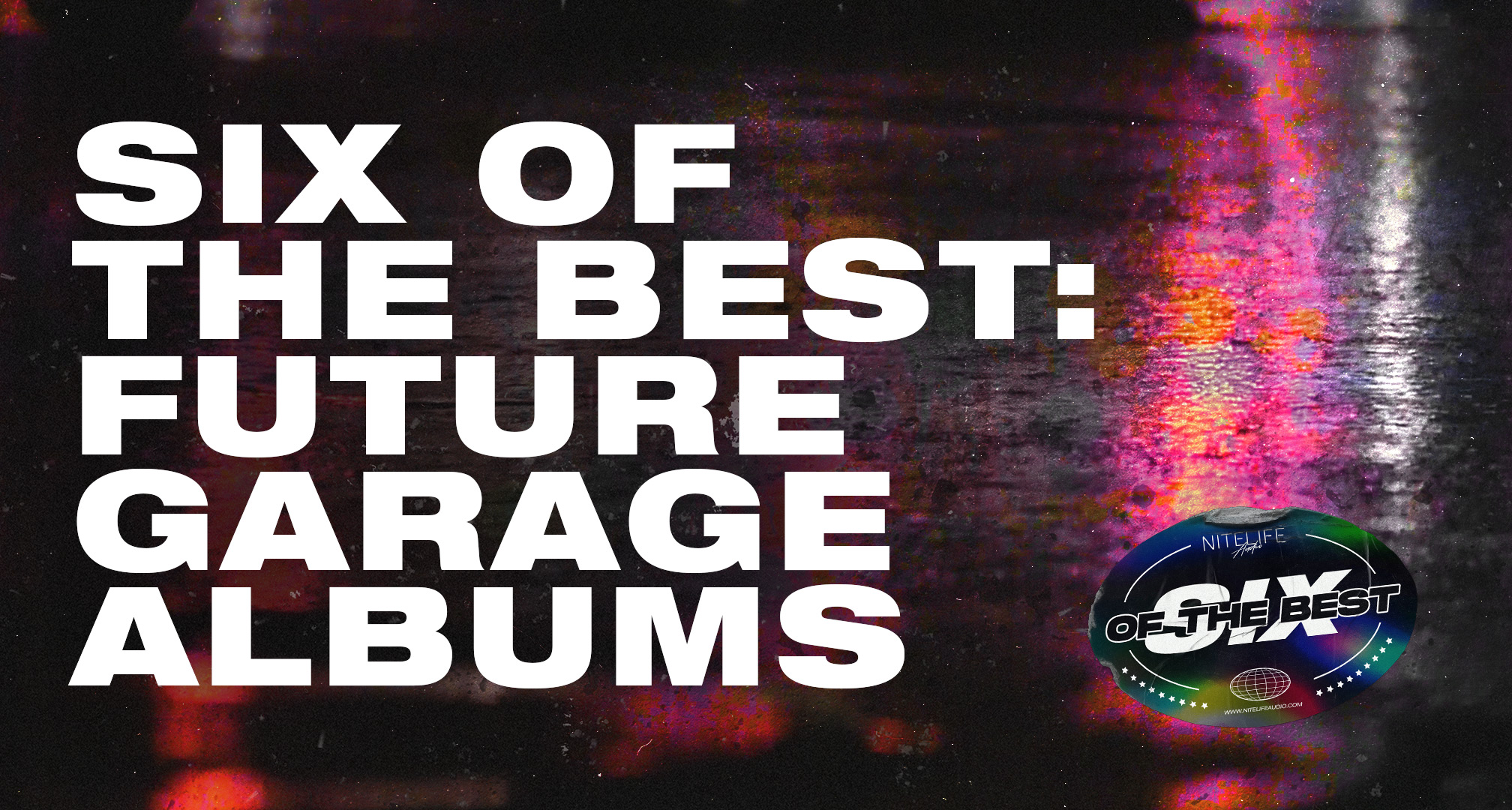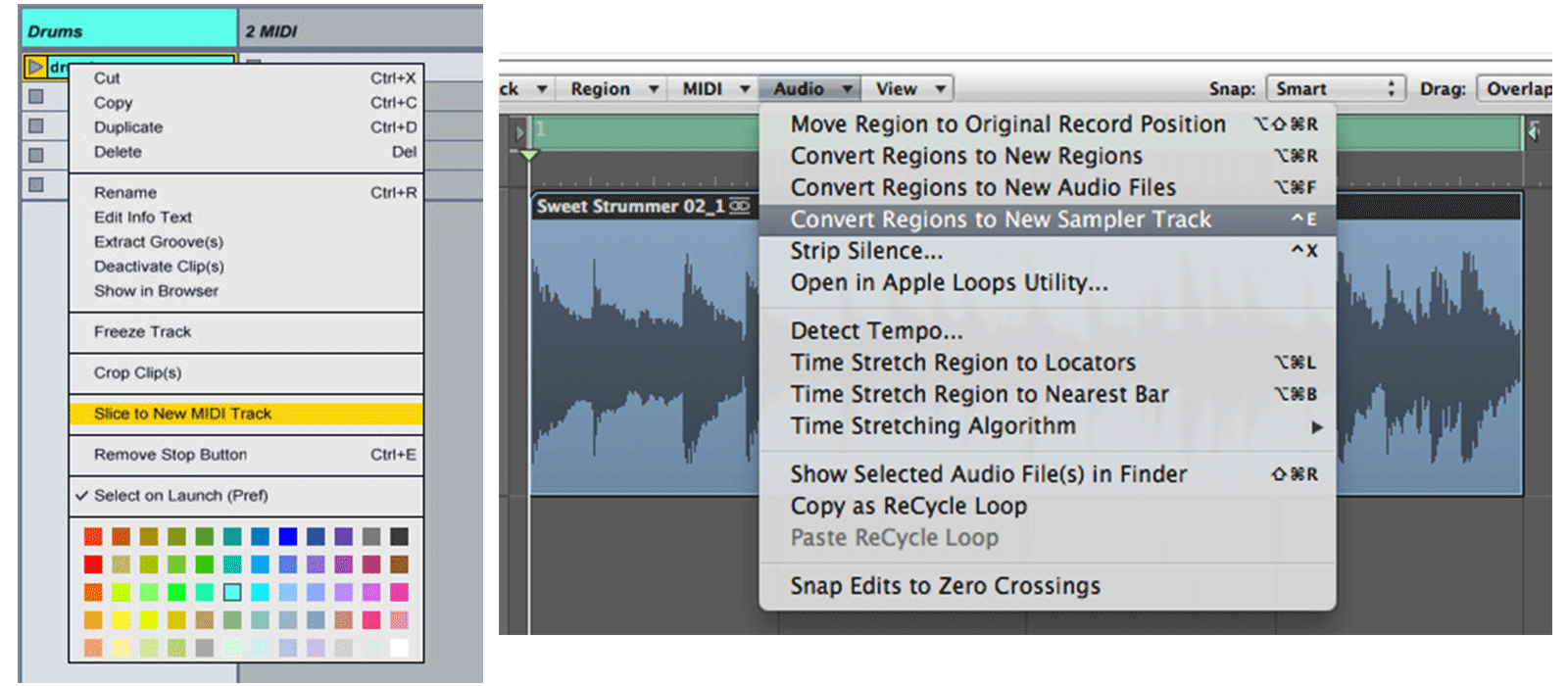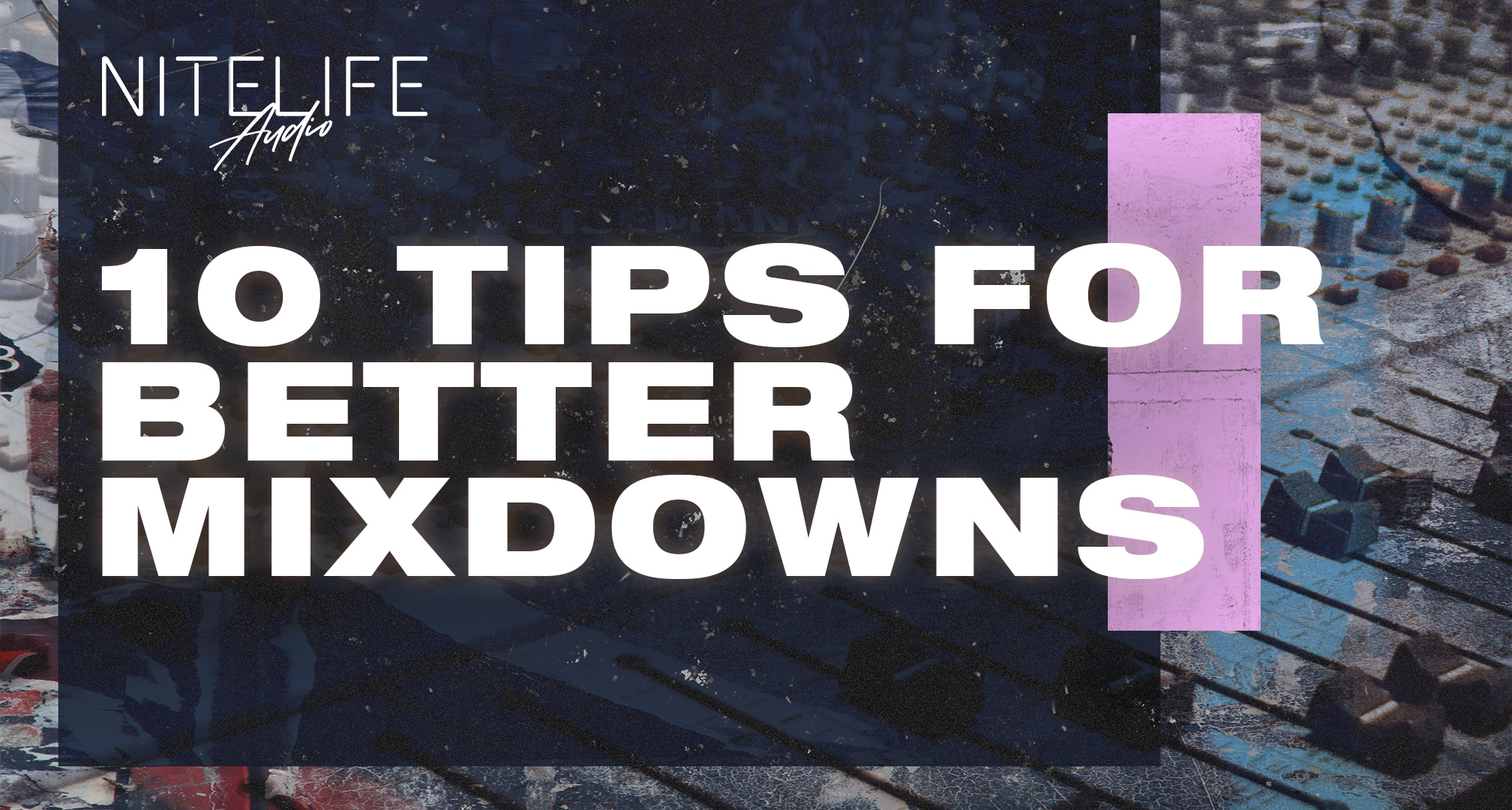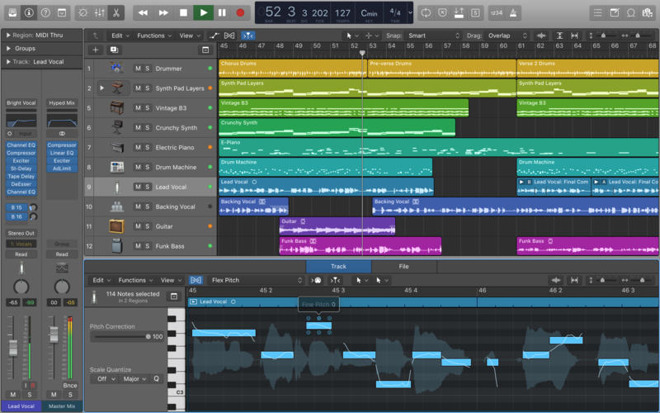
We look at six of the very best albums in the Future Garage genre.
UK Garage is one of the UK’s most potent musical creations. Emerging in the late 90s, exploding in the early 2000s, often bothering the higher reaches of the pop charts and then splintering into a multitude of different creative directions, UKG contained the roots of grime, dubstep, UK funky and bassline.
UKG’s popularity has fluctuated over the years, but there’s no denying its continued presence in its many varied forms, as well as its lasting impact on the continued progression of UK club music. In the late 2010s, a fresh take on the UKG sound began to be heard – Future Garage. It’s a genre that can be tricky to categorise, and as is often the case with these things, there’s plenty of discussion about what may or may not constitute Future Garage. It’s a term that has been used to describe a wide range of electronic music and one which has proved divisive amongst producers and artists, but broadly speaking, we’re referring to a UK garage sound that drew heavily on 2-Step and was also influenced by the sonic developments of dubstep. Future Garage eschewed dubstep’s wobble-bass obsession, and instead drew inspiration from Detroit techno and dub and other electronic genres, often pursuing a more restrained and emotive aesthetic. Much like its predecessor UKG which borrowed from RnB, jungle and dancehall, and from the original US garage sound, FG encompasses elements from several other genres, weaving in and out of various dub inspired electronic music.
In marked contrast to the champagne/glamour and party atmosphere of early UKG, Future Garage was often more introverted, mournful even, taking pointers from that post-dystopian vision of the future that had proved to be so fruitful for Detroit techno producers, but reframing it in a distinctly UK setting. FG has often been defined by stand-out singles and EPs and the producers making it often work across several genres – for this reason, it’s tricky to pick albums that are only Future Garage; as a result, we’ve picked albums that include a fair number of future garage style tracks, even if the entire album isn’t in that style. Here are our picks, starting with the earliest release first:

Various Artists – IOTDXI / R&S Records (2001)
Compilation albums are always an important part of the process of defining and codifying new genres, and this set of eighteen-months-worth of R&S’s forward-thinking releases featured some genre-defining moments. ‘IOTDXI’ included huge tunes like James Blakes’ queasy ‘CMYK’ – which somehow seemed to meld RnB effortlessly into the UK bass music tradition – and his influential ‘I Only Know – What I Know Now’ from 2010’s four-track Klavierwerke EP. Blake’s work at the time was particularly influential; he was creating huge, spacious pieces of music with a curiously detached emotionality to them, learning from the confidence of dub to leave gaping spaces in the music, and bringing in a sombre musicality via warped piano samples and mutated vocal snippets.
Musical highlights include Cloud Boat’s lush ‘Lions On The Beach’ and two sterling productions from Yorkshire’s own Blawan with the rattling shuffle-funk of his broken-garage stormer ‘Shader’ and the raw, acid-soaked ‘Bohla’ both making a welcome appearance. Pariah also contributes a couple of tracks, the stand out being the classic heavily swung beats and heart-wrenching vocal sample of the anthemic ‘Orpheus’. ‘IOTDXI’ was a compilation with many high-quality Future Garage moments, that clearly demonstrated how adeptly R&S were navigating the new bass music of the period.

Burial – Burial / Hyperdub (2006)
Burial’s self-titled debut album dropped in 2006 and in his production innovations he laid the FG template, taking pieces of UKG, dubstep, 2-step and jungle and creating a claustrophobic, yearning and gracefully adept collection of futuristic bass music. The particular trick that Burial’s debut album performed so well was to place agile, agitated garage rhythms on top of deep, emotive electronic and sampled soundscapes. In doing so he achieved a new level of emotionalism and atmosphere in his music, creating a ‘mood blueprint’ that many others went on to follow.
Although ‘Burial’ was perhaps not as accomplished as follow up ‘Untrue’, its ethereal, otherworldly atmosphere, emotion-heavy production, and the way it reworked various elements of UK bass music into new shapes, defined what would come to be called Future Garage.

Burial – Untrue / Hyperdub (2007)
‘Untrue’ was Burial’s masterwork, an actual, genuine game-changer of an album and a hugely influential release when it dropped in 2007. ‘Untrue’ was what happened to UKG when the party finished. The tracks are muted, understated and thick with atmosphere, set to the constant hum of the city at night, the crackle of vinyl, the hiss of drizzle. 2 step loops swathed in reverb, woodblock rhythms encrusted with a layer of audio dirt, scuzzy skippy garage beats matched with samples that somehow spoke of longing and melancholy; it’s genuinely sad, but with moments of strained euphoria. ‘Burial’ is not exactly what you would call a catchy collection of tracks, but that said, many of the melodies and vocal samples remain with you long after listening, and Burial is not averse to some blatant musical heart-string tugging when required.
‘Untrue’ opened the door for other artists and producers to put the human voice back into post-dubstep. It’s bold, highly emotive and sounds as good today as the day it was released.

Sepalcure – Sepalcure / Hotflush (2010)
The ten tracks that make up Sepalcure’s 2010 debut album contained much to be excited about. From the album opener ‘Me’ – all skippy drums, gently pulsing synths and warm pads a la Detroit, together with chopped vocal samples and of course some serious low end – through all ten tracks, the album tours the various flavours of the UK bass music scene.
Simultaneously looking backwards and forward, ‘Sepalcure’ reworked contemporary bass music trends and tropes into detailed and rich productions that effortlessly flirted with dubstep, garage and house. It stood up to repeated listening too, featuring high levels of musicality, the synth lines and bass rumbles wrapped in rich chords, the vocal melodies much more than mere added-on samples. And through it all, ‘Sepalcure’ breezily moves between euphoria and the sense of unfocused yearning that permeates so much FG. ‘Sepalcure’ was a strong debut, one that summed up much of what was great about UK dance music at the start of the 2010s.

Various Artists – 116 And Rising / Hessle Audio (2011)
Ben UFO’s Hessle Audio label has always taken an openminded approach to A&R, as demonstrated by their first compilation which featured a wide range of high tech electronics including a clutch of quality Future Garage. Here we get treated to killer tracks like Blawan’s ‘Potchla Vee’, a neat summing up of his particular niche of the FG spectrum: heavy-hitting razor-edged 2-step derived beats, techno-esque stabs and pads and that distinctive layer of atmospheric noise. Randomer’s taut minimalist take on post-garage, ‘Brunk’, showcased his stripped-back diamond-hard beats that hit with all the energy of a UK rave dance floor circa ’91. The tense, catapulting beats and overly pitch-adjusted vocals of James Blake’s ‘Give A Man a Rod – 2nd Version’ is also included on a compilation that provided a vivid sonic snapshot of some truly innovative forward-thinking dance music. This is FG distilled to its purest level; raw garage beats broken into new configurations with the most minimalist of synth and sample decoration, drawing together strands of UK bass music history and presenting them in fresh and novel forms.

James Blake – The Colour In Anything / Polydor (2016)
Blake has always been a producer who connects the dots between genres and whose work deliberately blurs the boundaries between musical styles, in the process redefining new musical areas. Whilst there are tracks on this superb long-player from 2016 that in terms of drum programming aren’t strictly Future Garage, in terms of the texture, tone and mood there’s much here that fits the aesthetic very well indeed.
‘The Colour In Anything’ is pure-emo electronica, Blake twisting his synths, samples and vocals for maximum evocative impact whilst paying a heavy debt to the sonics of garage and dubstep. With seven of the seventeen tracks co-produced by US producer Rick Rubin and much of the mastering taking place in Malibu, ‘The Colour In Anything’ presented an altogether more expansive sound for Blake. He successfully managed to give his productions – which were always the sounds of England’s capital city – a more global setting, but ‘The Colour In Anything’s sentiment-drenched mood, it’s layers of noise, hum and crackle, and its effected vocals were still very much the sound of Future Garage.
Be sure to check out our ‘Future Garage & Shifted Beats’ and ‘Garage, M8’ sample collections today.















